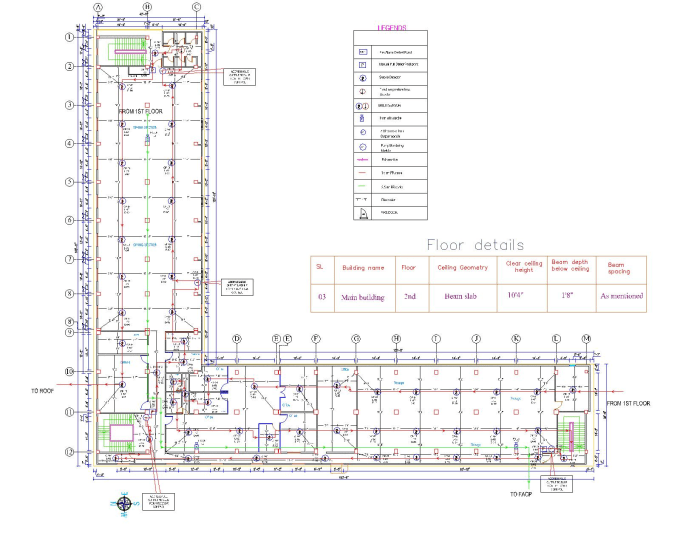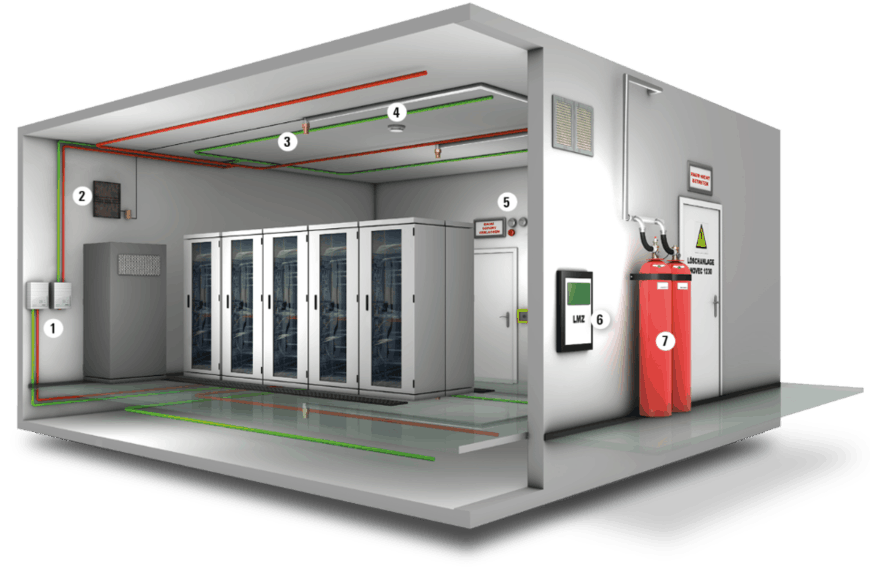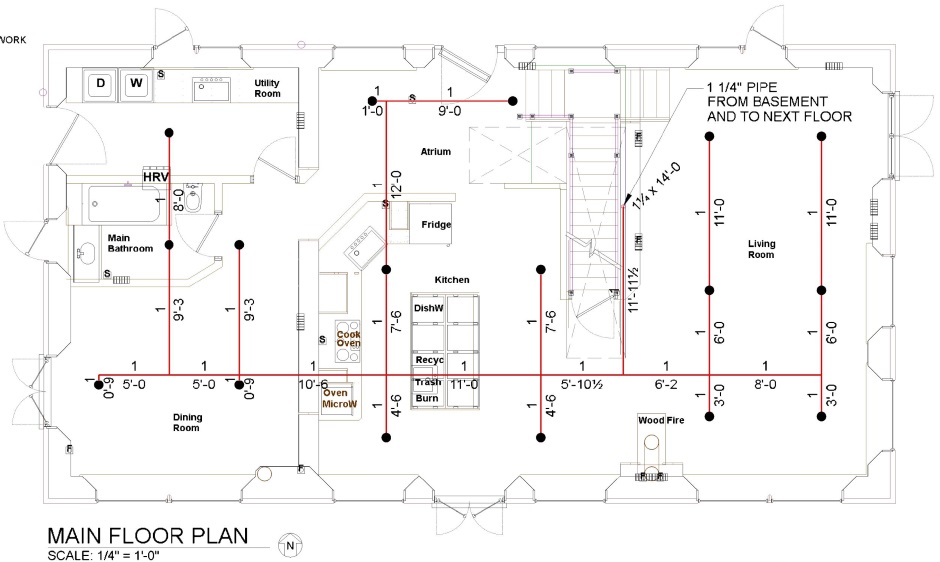

In your example, while not required, providing items above the minimum is not something my company would "go to war" with.

However, we do RFI (or other forms of written communication) any large issues we see that would go against an installation requirement. This is a fun one due to working relationships, reputation, and responsibility.įirstly, we bid projects per the plans and specifications provided because those documents are contractual and enforceable. Click Title to View | Submit Your Question | Subscribe Or, do you bid per prints and then not be allowed change orders because you are the delegated designer? How do you bid plan and spec project if there are multiple issues with the bid plans? Do you redesign and bid it correct? No, you won't get the job. If the contractor follows the plan/spec, is he liable because he is the "delegated" designer? But if the delegated design needs to change and is rejected, who is liable? In the end, who is responsible for the design and performance of the system? I now have a church with 36-ft throw sidewalls and the engineer would like to stay with sidewalls and not have any pipe crossing the room it's not possible with the supply. Eliminating the pump and standpipes, we could have saved the county $110,000+ (electric included). Ultimately, we were told to follow the prints.but we are "delegated" design. I sent an RFI on why the need for the automatic-wet standpipes, where we can do away with standpipes or go to manual/wet and I was rejected. The plan/specs require an automatic-wet standpipe with a 125 psi 500 pump. Specifically, I have a 3-story building with the 3rd floor at 30'-0" above apparatus / grade so there should be no need for standpipes. and none of them have been close to code. I've had to deal with issues ranging from head spacing to pump specifications. I've had several projects in the last year where a "mechanical engineer (plumbing/HVAC)" are doing the layout for the schematic and bid drawings and don't have the complete knowledge of fire protection. I have been in the industry for over years and keep coming to the same question lately who is responsible for the end product on design and install? Fire Hydrant System, may cause damage to the instruments or machines.įire Hydrant systems are very popular and hence many, Clients search only for Fire Hydrant Companies or Fire Hydrant System Suppliers but the important thing to understand is that it may not be the most efficient system.My question is more based on principle rather than design. The flow of Fire Hydrant System is so strong that, there are two men required to hold the water hose. The first is that it has to be manually activated. WHAT ARE THE DISADVANTAGES OF FIRE HYDRANT SYSTEMS? Besides this, Fire Hydrant Systems have a long life. This entire systems requires low maintenance and virtually, does not leak water. Since the Fire Hydrant System is spread out, the fire hydrant can attack fire from different angles. WHAT ARE THE ADVANTAGES OF FIRE HYDRANT SYSTEMS?įire Hydrant Systems are very strong and can be used from medium to large sized fires.

The pump continuously pumps the water to maintain the system pressure. A very strong flow of water now, attacks the fire and the fire is eventually extinguished. When a fire is seen by a person, he activates the hydrant system and points it in the direction of the fire. The pump has the work, to continuously filling all the pipes connected with water under pressure.

These pipes form a network of pipe that cover the factory compound and the factory. From the pump room, there are two to three main pipes. This water well is connected to the pump room. Fire Hydrant System installation is relatively easy.Ī special well is dug, called "Fire Well", where water is stored throughout the year for 365days. (With respect to large areas, in general). IS IT ALWAYS NECESSARY TO PROVIDE FIRE PROTECTION WITH FIRE HYDRANT SYSTEMS?įire Hydrant Systems forms the basis, of Fire Protection Systems, without Fire Hydrant System a Fire Protection System cannot be called a Fire Protection System.


 0 kommentar(er)
0 kommentar(er)
